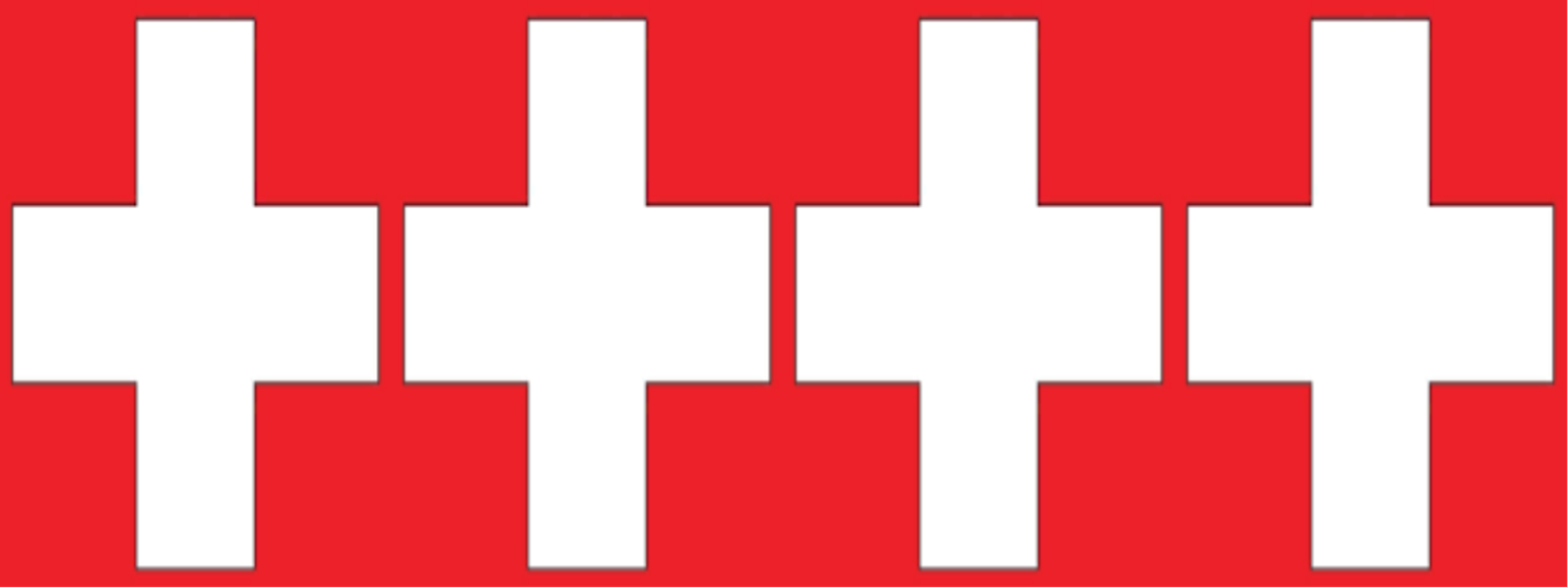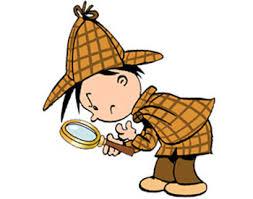First Aid

Asthma
A reminder that Asthma plans are to be updated every 12 months. If your childs asthma plan is out of date please see the first aid officer for a new plan to take to the doctor or download the form below.
Other Useful links;
Head Lice
Why does my child keep getting re-infected? Re-infection is the least likely reason for head lice returning in a week's time. If eggs do not die, or were not removed during the original treatment they may hatch and the lifecycle starts all over again. To break this lifecycle you must re-treat (regardless of treatment method) seven days after the first treatment and continue with weekly checking.
Scratching for Answers?
Where do head lice come from? Head lice have been around for thousands of years. As with any insect, they learn to adapt to their environment in order to survive. We are never going to be completely rid of them, but we can make managing them easier.
Do head lice fly or jump? Head lice do not have wings so they cannot fly. They can't jump because they do not have ‘knees’.
So how do head lice move around? Head lice crawl very fast and require head to head contact for transmission. It is possible that because of the way young children play, head lice are seen more widely amongst primary school children than adolescents or adults.
Can head lice spread disease? No. Head lice cannot transmit or pass disease on to people.
Who is responsible for checking and treating head lice? Like similar health conditions such scabies, and ringworm, it is a parent or guardian’s responsibility to treat and care for their child.
Do head lice live in carpets, clothes, hats or sheets? No. Head lice very rarely fall from the head. They require blood to survive. Head lice feed three to four times a day and without blood, will dehydrate in six hours in a dry climate and 24 hours in a humid climate. An egg requires warmth to hatch and is the reason why they are laid close to the scalp. The further away from the scalp, the less likely they are to survive.
Is it true that head lice only like clean hair? No. Head lice are not selective. They don't care if hair is long, short, blonde, brown, washed this morning or last week. As long as they are warm, and have blood to drink, then they are content. What treatment kills 100% of head lice or eggs? There is no single treatment that kills 100% of head lice or eggs. Whichever treatment you choose it can take time and persistence to get rid of head lice. Use a method that will not risk the health of your child.
Is there a way to prevent head lice? No. It's important to check your child's head regularly with conditioner and comb even when you don’t think your child has head lice. There is no research to prove that chemical or herbal therapies can prevent head lice.
How does the conditioner and comb method work? It’s a very cheap and effective way of finding head lice. Hair conditioner does not kill lice, but it does stun them for about 20 minutes, meaning they do not move around, and it is difficult for them to hang on. This gives you time to comb through the hair with a fine tooth (head lice) comb.
How does a chemical treatment work? Only use products that are licensed or registered for head lice. There are four different active chemicals that target head lice, each works differently and aims to kill lice and/or eggs.
Do some products work better than others? Over time, head lice may develop resistance to some chemicals. It is important to check if a treatment you used has worked, and if not, treat again with another product that has a different chemical in it.
Why do you have to treat again in seven days time? Head lice eggs take six to seven days to hatch. And when you treat, it’s easy to miss an egg or two. By treating again in seven days, you are aiming to kill and comb out any head lice that have since hatched from eggs, which were missed. Should I treat everyone in the family? It is important to check each family member, using conditioner and comb, for head lice but only treat those with live lice.
What should I wash or treat at home? As head lice only live for a short time off the head, the only extra cleaning needed is to wash the pillowslip on the hot cycle or place in clothes dryer. Head lice combs can be cleaned in water hotter than 60 degrees.
Does my child have to miss school? According to the Public Health and Wellbeing Regulations 2009, children with head lice can be readmitted to school after head lice treatment has commenced. A certificate from a doctor or council is not required before your child goes back to school. Head lice are not the fault of schools, other families or children.


